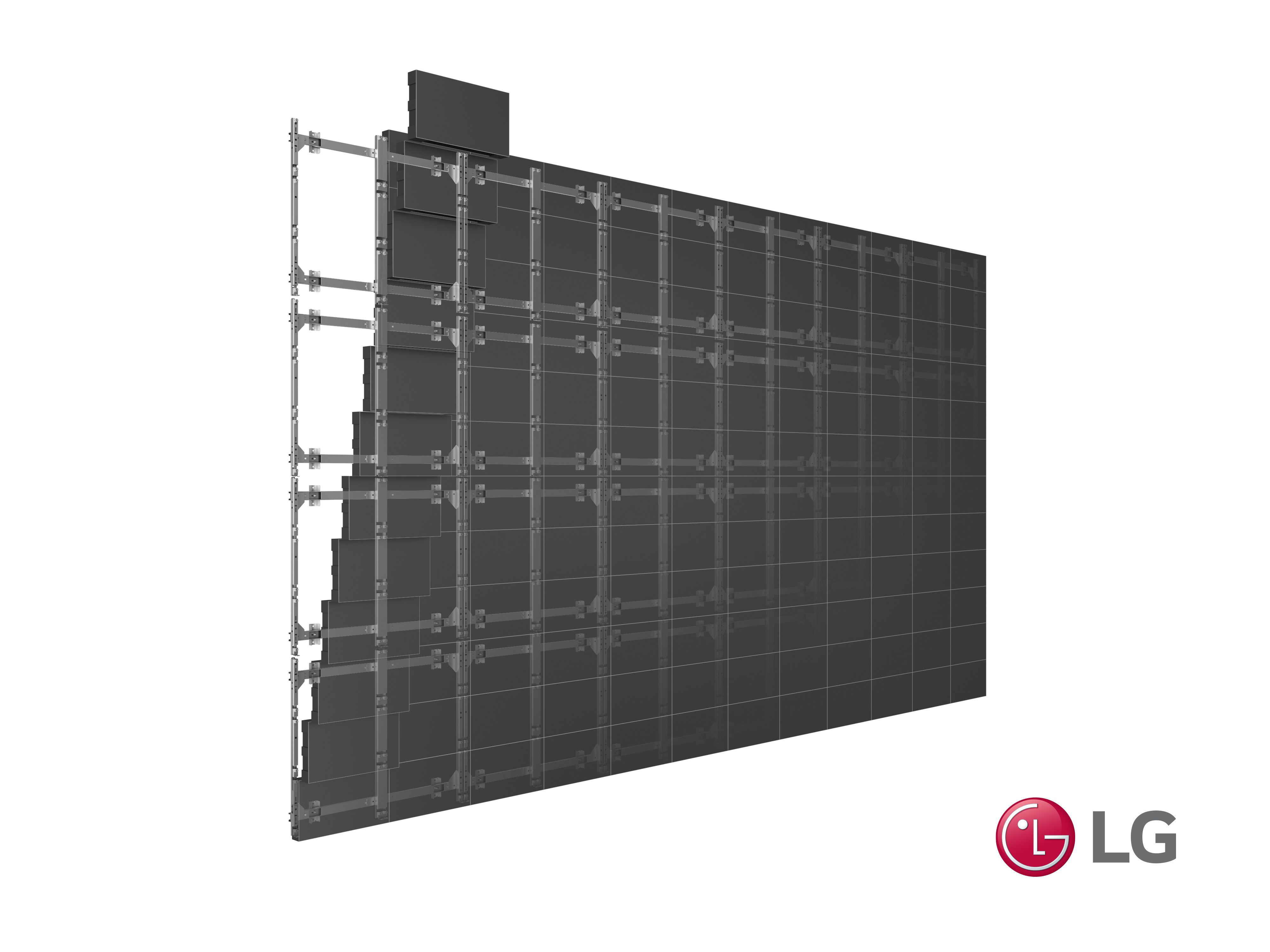Mastering Color Precision in LED Wall Adjustment for Stunning Graphic Displays
Mastering Color Precision in LED Wall Adjustment for Stunning Graphic Displays
Blog Article
Hue precision is essential for producing breathtaking visual displays, especially when using LED screens. These large screens are commonly found in places like concert venues, sports arenas, and advertising billboards. When the colors on an LED wall are not accurate, the visuals can look flat or warped, which can affect the overall experience for viewers. Therefore, mastering color accuracy in LED wall calibration is crucial for achieving vibrant and true-to-life visuals.
The first step in ensuring color precision is comprehending how LED systems works. LEDs, or light-producing diodes, generate light in various colors by combining red, green, and blue (RGB) light. Each pixel on an LED wall consists of these three colors. When calibrated correctly, the combination of RGB can create a wide range of hues. However, if one color is too bright or too faint, it can distort the whole screen. This is why tuning is needed to balance the colors and achieve the desired graphic effect.
Calibration involves adjusting the configurations of the LED wall to ensure that the hues displayed correspond the initial content as closely as feasible. This procedure usually involves using specialized software and hardware instruments. Technicians frequently use color assessment devices, such as spectrophotometers, to examine the hues being displayed. By contrasting the measured hues to benchmark color values, they can make exact adjustments. This guarantees that the colors are not only vibrant but also consistent across the whole screen.
Another crucial aspect of color precision is comprehending the environment in which the LED screen is employed. Factors such as ambient light can considerably affect how colors appear. For example, a brightly illuminated room may wash out hues, making them look less lively. To mitigate this, technicians may adjust the luminosity and differentiation configurations of the LED wall. Additionally, they may choose particular color settings that are more appropriate for various lighting environments. This adaptability helps preserve color precision regardless of the viewing environment.
Finally, regular maintenance and recalibration are essential for maintaining an LED screen looking its finest. Over time, the functionality of LEDs can change due to factors like degradation and temperature fluctuations. Regular checks and modifications can help guarantee that the hues remain accurate and lively. By committing time in proper calibration and maintenance, venues can provide audiences with breathtaking graphic displays that improve their overall impression. Perfecting color accuracy in LED wall tuning is not just a technical task; it is an expertise that contributes to the magic of graphic the original source narration.